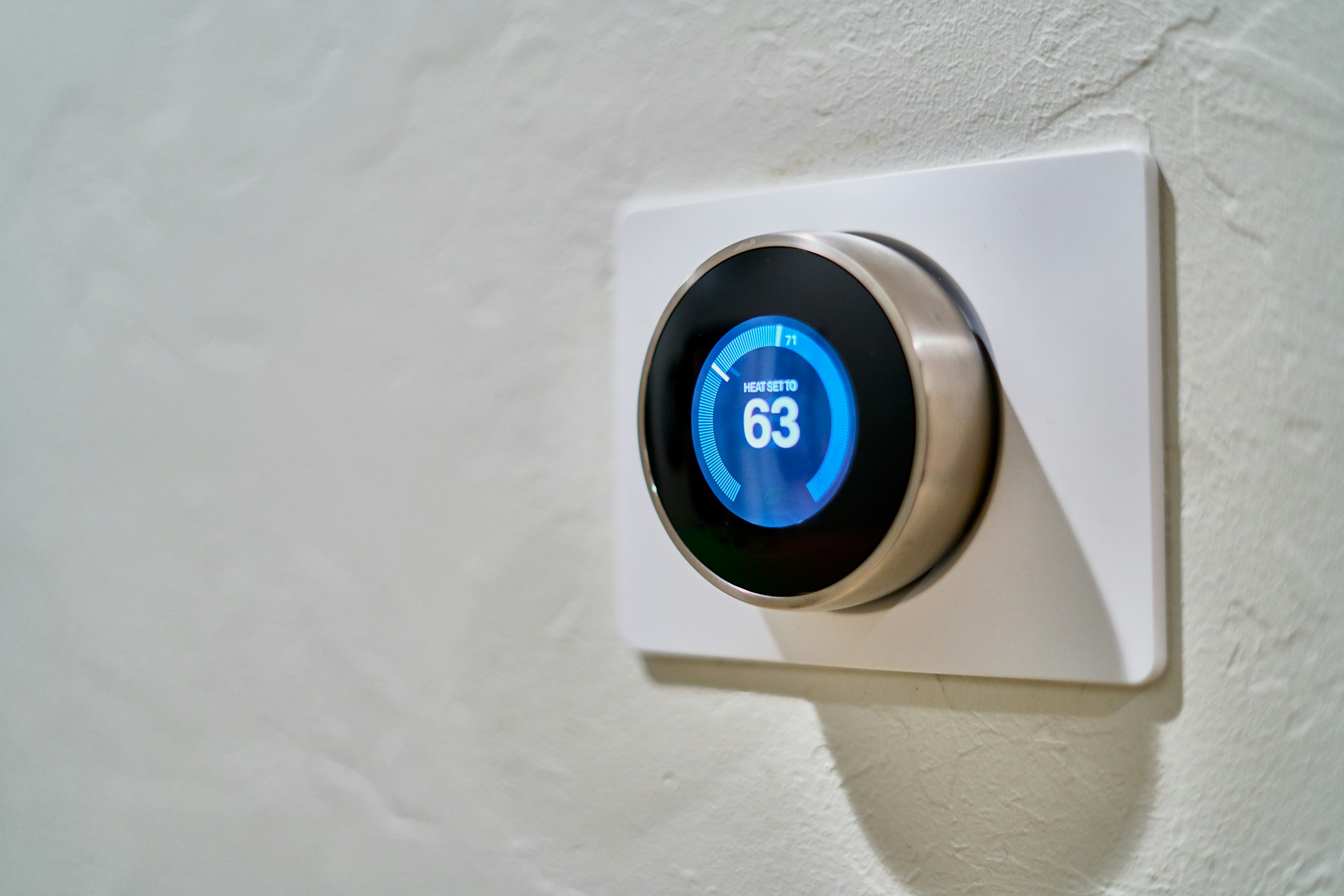Get Connected: Unpacking the World of Internet of Things (IoT)
The Internet of Things (IoT) is a rapidly growing network of internet-enabled devices that are capable of communicating with each other without human intervention. From fitness trackers to smart home devices and driverless cars, IoT is changing the way we live and work. According to the World Economic Forum, IoT is a key component of the Fourth Industrial Revolution, along with other emerging technologies such as Artificial Intelligence (AI).
Advantages of IoT
One of the major advantages of IoT is improved efficiency. IoT devices can automate tasks that were previously done manually, freeing up time and resources for other tasks. IoT can also lead to increased productivity by providing real-time data and insights that can be used to optimize processes and workflows. Additionally, IoT can enhance safety and security by monitoring and responding to potential hazards and threats.
Applications of IoT
IoT is being used in a variety of applications, ranging from smart home devices to healthcare and industrial settings. In smart homes, IoT devices can control temperature, lighting, and security systems, among other things. In healthcare, IoT can be used to monitor patients remotely, providing doctors and nurses with real-time data and alerts. In industrial settings, the Industrial Internet of Things (IIoT) is being used to optimize manufacturing processes, reduce downtime, and improve safety and security.
Challenges of IoT
Despite its many advantages, IoT also presents a number of challenges. One of the biggest challenges is security. IoT devices are vulnerable to cyber attacks, which can result in data breaches, identity theft, and other serious consequences. Another challenge is privacy concerns, as IoT devices often collect and store large amounts of personal data. Finally, interoperability issues can arise when different IoT devices and systems are unable to communicate with each other.
Future of IoT
The future of IoT is bright, with many new and innovative applications expected to emerge in the coming years. According to a report by Grand View Research, the global IoT market is expected to reach $1.1 trillion by 2026, with smart home devices and healthcare applications leading the way [2]. However, to fully realize the potential of IoT, it is important to address the challenges that come with it, including security risks, privacy concerns, and interoperability issues.
IoT Markets in the US, China, and Korea
The IoT market is experiencing explosive growth worldwide, and the US, China, and Korea are leading the charge. In 2021, the global IoT market was valued at USD 384.70 billion, and it is projected to reach USD 2,465.26 billion by 2029, with a CAGR of 26.4% during the forecast period. In the US, the IoT market is expected to reach USD 308 billion by 2023, with smart home devices and industrial IoT driving the growth.
In China, the IoT market is expected to reach CNY 1.5 trillion by 2025, with smart home devices, wearables, and connected cars driving the growth. In Korea, the IoT market is expected to reach KRW 59.3 trillion by 2025, with smart home devices, wearables, and healthcare driving the growth.
Apple's Matter and HomeKit
Apple's Matter is an open-source platform for IoT devices that aims to create a more seamless and interoperable smart home experience. Matter is designed to work with a variety of smart home devices, regardless of the brand or operating system. HomeKit, on the other hand, is Apple's own smart home platform, which is limited to Apple devices. While HomeKit offers a more seamless integration with Apple's ecosystem, it lacks the interoperability that Matter promises.
Samsung SmartThings
Samsung SmartThings is a smart home platform that allows users to control a wide range of smart devices from a single app. SmartThings works with a variety of devices from different brands, including Samsung's own smart home devices. The platform is designed to be easy to use, with a simple setup process and intuitive interface. SmartThings also offers a wide range of automation options, allowing users to create custom routines that trigger different actions based on certain events or conditions.
The Convenience of IoT in Our Daily Lives
IoT devices offer a wide range of benefits and conveniences in our daily lives. Smart home devices, for example, allow us to control our home's temperature, lighting, and security systems from anywhere using our smartphones. Wearables can track our fitness and health data, providing insights into our physical activity and helping us make better lifestyle choices.
Table of Contents
Recent Post

